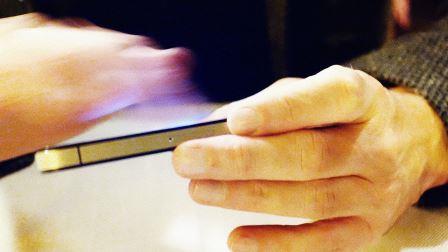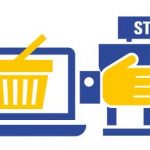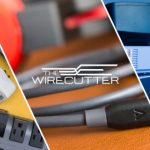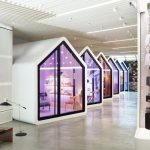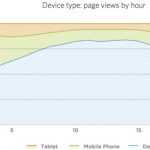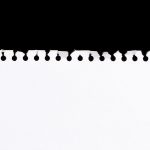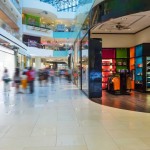within the retailer Of the long run, Your shopping Bag Connects To The web
The web of issues is coming to purchasing bags. Adobe, which has been pushing to reach the retail analytics market, is promoting buyers on a prototype “store of the longer term” that options RFID chip-enabled purchasing bags that permit customers to buy items simply with the aid of hanging their luggage on a checkout counter.
these days, Adobe opens a prototype retailer in Las Vegas that is intended to showcase a lot of traits in retail that brick-and-mortar stores are borrowing from on-line outlets: analytics of in-store buyers, actual-time metrics on stock, and RFID tags on apparel that enable objects to be tracked right through the store.
the company’s sensible-retailer demonstration consisted of a mixture of features already present in retail shops along with more ahead-leaning products. good beacons that track consumers via their cell phones are increasingly more widespread in retail, and boutiques like Rebecca Minkoff are pioneering stores stuffed with RFID tags.
one of the fascinating ideas on show used to be the RFID chip-enabled bag. Produced through a startup named Twyst, which markets them as “smart internet linked luggage,” the luggage automatically inventory any objects put in them, after which charge a consumer’s bank card after they exit the shop. The model that I noticed consisted of a giant procuring bag with a 2nd bag contained within it. As the shopper removed the 2d bag from the larger shell round it, that activity robotically initiated a transaction. essentially, it’s creating a bag that does the buyer’s transaction for them.
consumer tracking used to be additionally an essential component of the demo. though Michael Klein, Adobe’s director of retail industry strategy, used to be cautious to emphasise that buyers can remain anonymous, these whom he described as “known customers” can interact with touch displays within the store, get customized reductions, order objects no longer in inventory to be shipped to them, and browse seem to be books. Beacons in the retailer assist the retailer identify the buyer, which is where Adobe and their competitors’ backend analytics kick in.
“retailers are using what is available to them,” Klein added. some of the technologies on show on the demonstration have been additionally considered at recent exchange displays such as the NRF Retail giant show, and exemplify how brick-and-mortar shops had been forced to adapt after nearly 20 years of shedding market share to information-driven digital opponents like Amazon and eBay. technologies comparable to RFID chips and beacons allow retailers to create their own special information units on the whole thing from stock and logistics to purchaser traffic patterns, serving to provide them some leverage over their suppliers and opponents.
And for companies like Adobe, the hope is that technologies created for the retail industry will in finding uses beyond outlets. Kim Smith, the company’s world head of digital services and products innovation, stated that a number of the applied sciences used in the demo starting from customer analytics to RFID chips are being used in other industries such as hospitality and monetary services.
fast company , read Full Story
(14)

